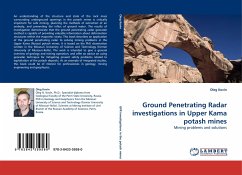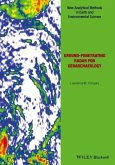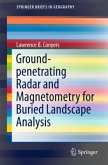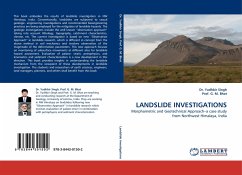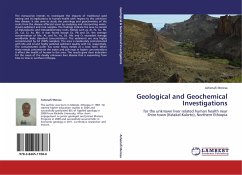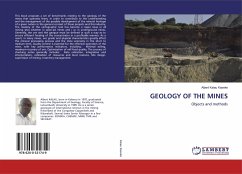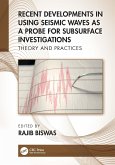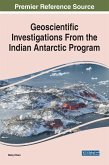An understanding of the structure and state of the rock mass surrounding underground openings in the potash mines is critically important for safe mining, planning the methods of extraction of an orebody, and preventing the influx of ground water. The results of investigation demonstrate that the ground penetrating radar georadar method is capable of providing valuable information about deformation structures within the evaporitic strata. This book describes an application of the ground penetrating radar to solving mining problems in the Upper Kama (Russia) potash mines. It is based on the PhD dissertation written in the Missouri University of Science and Technology (former University of Missouri-Rolla). The work is intended to give a general overview of geology and mining operation, and offer an advice on using georadar technique for mitigating present safety problems related to exploitation of the potash deposits. As an example of integrated studies, this book could be of interest for professionals in geology, mining engineering and geophysics.
Bitte wählen Sie Ihr Anliegen aus.
Rechnungen
Retourenschein anfordern
Bestellstatus
Storno

